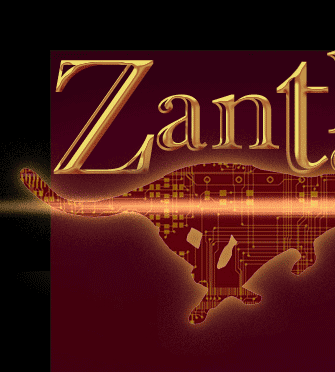| |
Hardware Features:
- CPU: MC9S12DG256, 256K Flash, 12K RAM running at 50Mhz
- Supply voltage range: 9-36v with 47 volt transient clamping
- Digital Inputs: 16 in total, logic level with protection to 50v or switched to
ground (.5mA). Eight of the 16 inputs are connected to the HC12 timer system with built in
support for Quadrature input, pulse width (high) measurement, pulse width (low) measurement,
period measurement, bit I/O and pulse accumulation measurement per counter interval.
See the Timer inputs section for more details.
- Analog Inputs: 8 total (10bit), 4 with 0-5v inputs but capable of withstanding 50v, 4 with 0-35v
inputs but capable of 50v.
- Analog reference voltages: Software controlled 50mA source with over current shutdown with feedback to processor.
- Regulated supply outputs: Two 5v outputs (100mA) software controlled, over current shutdown with
feedback to processor. Two 24v outputs (200mA) software controlled, over current shutdown with feedback
to processor.
- CAN: optically isolated 1Mbps
- RS-232: Two ports capable of 115kbps with one port having full flow control.
- Temp Sensing: Internal temp sensor.
Driver Module includes the addition of:
- H-Bridge: 20A current limited driver (170A MOSFets) with current feedback and PWM control.
- H-Bridge: Two 6A H-Bridges with over-temp, over-current and open load detection and programmable slew rate.
- High Side Switches: Six outputs capable of 12Amps each using 44Amp capable switch with over current,
short circuit proof, over-temp and analog current feedback to processor.
Software Features: Within the module consists a parameter table that links the various hardware
settings to preset locations within the parameter table. These table entries can exist as a result of:
- Values being read from hardware (analog or digital inputs),
- Parameter settings to change the values being read (analog scaling
values for example)
- Values that control the hardware, (digital outputs, motor speed settings etc)
The linkage between the MilCAN protocol and the parameter table is established during configuration of the
modules. There are currently 239 entries in the parameter table for these modules.
The parameter table is divided into 6 major sections:
- Power supply control. These parameters control the power supply system that is
used to power the external sensors. These outputs have CPU feedback for their current state and can
sense and shutdown in an over current situation.
- Hide side switches. Control and monitoring of the six high side current drivers
as well as to give PWM control and current sense feedback.
- Digital inputs. Feedback from the 8 digital inputs. These 8 inputs are not
connected with any timer systems so their feedback is simple on or off reporting
- Motor control. Control of the 3 H-bridge motor controllers including PWM settings
as well as closed loop target speed settings and closed loop error gain and offset settings.
- Pulse/Timer/Quadrature inputs. Control of the 8 digital inputs connected to the
timer system. This allows the inputs to be used as pulse accumulators, timer inputs or a quadrature
counters.
- Analog inputs. Control of the 8 analog inputs, allowing scaling values, gain,
offset with minimum and maximum settings as well as alarm points to be controlled.
|






